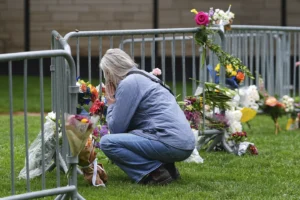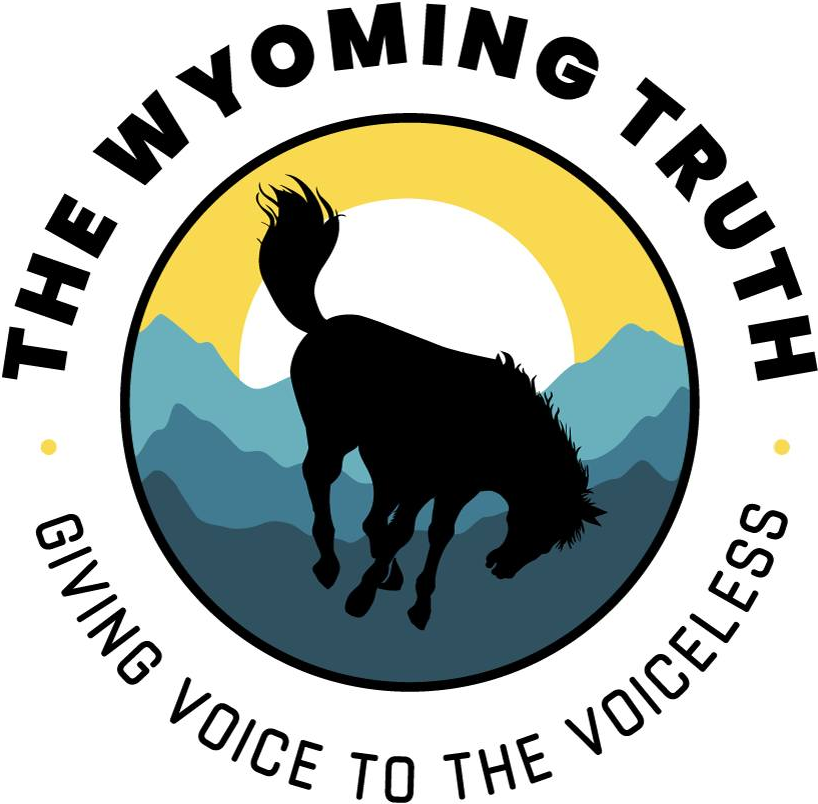Friday Focus: Founder of Wyoming Children’s Law Center Warns Against Partisan Approach to Juvenile Justice (Part 2)
Donna Sheen supports data collection, science-based approaches to help children with unique needs
- Published In: Other News & Features
- Last Updated: Mar 04, 2023

By David Dudley
Special to the Wyoming Truth
Attorney Donna Sheen, founder of the Laramie-based Wyoming Children’s Law Center, has devoted her career to advocating for children’s legal needs in special education, education services and the juvenile justice system.
Sheen recently spoke with the Wyoming Truth, noting the need for new approaches to juvenile justice, beginning with alternatives to arrest. The first set of excerpts from the conversation covered how the COVID-19 pandemic impacted juvenile justice in Wyoming, the need for better data collection and sharing and whether youth who are wrestling with addiction should be arrested.

What can we do to hold youth accountable, while avoiding arrest, detention and incarceration?
Sheen: We need to be able to divert them, in order to address the behavior in science-based, developmentally appropriate ways. We can study, and believe, the science. Brain science has really developed in the last 20 years, which has taught us a lot. We now know that adolescent brains develop differently. They have certain limitations. Up to the age of 26, we know that the frontal lobe isn’t completely developed; it’s not fully formed. So, impulse control is an issue with adolescents—if it’s a child with some mental health issues, who is having outbursts, for example. Maybe they destroyed some property when they had an outburst. The correct intervention isn’t going to be punishment. That’s not a behavior the child has the ability to control at that moment, because of their mental health condition.
We should be looking at the appropriate type of treatment and intervention. We should try to put them in situations where they’re proactively developing leadership skills, so they’re thinking through what they should do next, rather than responding to peer pressure.
What does peer pressure have to do with it?
Sheen: Peer pressure is so powerful at that age. Impulse control isn’t fully developed, but the desire to be part of a community, and part of a group, is really strong in adolescence. We have to be thoughtful about what groups we put them in.
It’s short-sighted to put a bunch of children who are struggling with having positive peer interactions in with other youth who are also struggling. We do a lot of things that are very counterproductive.
Which counties are leading the way in diverting youth?
Sheen: The only jurisdiction that I am involved in, and can speak to with confidence about, is Albany County. They have developed a diversion system that is diverting well over 90% of youth from court altogether, and they do not use municipal or circuit courts to prosecute youth, except in rare circumstances.
I’m not comfortable naming other jurisdictions that have more adult court-oriented approaches, but I believe those approaches are ineffective and harmful.
(In 2020, Albany County had 19 youth in delinquent placement, while Sweetwater County had 109, according to a report issued by the Wyoming Department of Children and Families. Albany County’s population was 37,608, compared with 41,614 in Sweetwater County, according to 2021 Census data.)
And similar punitive tactics, which remove youth from their communities, can be found in schools too, research shows.
Sheen: We’ve put a lot of effort these past couple of years into raising awareness of Wyoming’s suspension and expulsion laws. Our juvenile justice laws allow for almost anything, so some schools in Wyoming suspend and expel students in high numbers. Schools aren’t required to report that, and often don’t make those figures public.
They are required to gather statistics on children with disabilities who are suspended or expelled. But that’s just a small portion of the whole school population. But the research is clear: suspension and expulsions do not make schools safer.
The schools that use those heavily are the ones in which students are most likely to feel unsafe. They don’t feel like everybody belongs in the community because, the message is really clear: If you do one thing wrong, we’re kicking you out of the community.
Once you do that, that young person becomes a target. They see themselves as being a lesser member of that community. When we do that, we reduce their likelihood of graduating. They do lose interest. They often face a lot of adversity in school when they try and return after being expelled.
What are some of the more serious negative outcomes?
Sheen: Too many eventually give up on school, which has serious ramifications for their futures. We’ve seen more mass shootings across the country in the past few years. If we look at these young men’s’ histories, many have faced that kind of adversity, and didn’t get the help they needed.
Instead, they got punished. They were made to feel less and less a part of the community. When you don’t feel you’re a part of any community, then you feel ostracized. They were suspended, expelled. They felt trapped. That’s when those kinds of scary things may come into the minds of these young men.
I don’t want to paint a terrible picture, because it’s still extremely rare. It’s not a given that because this happened to you, you’re going to become someone who could do something really atrocious. But I think it’s important for us to think about these things, and to change our approaches accordingly.
What about youth who are exceptionally aggressive?
Sheen: Different young people have different needs. You have to respond to each student based on the actual risk that youth presents. If you need to move that youth to a more closely supervised setting, because they pose a threat to other children, then you certainly want to do that.
But in many other cases, like with students who don’t want to be good students, or simply can’t, we’re not going to change that. In which case, we should consider putting them on a vocational path. They often have different desires, different goals. And we should honor that.
And that’s often where this becomes, for lack of a better term, a partisan issue.
Sheen: Whether you’re liberal or conservative, you want to do what we know will work best for our children. Which takes us back to the data problem. If we don’t keep track of these things, it prevents us from knowing whether what we’re doing is working.
Everyone who works within a system believes they’re doing the right thing. Otherwise, they would want to change it. They argue that the system works great. But if we have no data, how do we really know? Likewise, those of us who believe that the system is causing unnecessary harm, we can’t prove that either, because we don’t have data to support those claims. It’s like in medicine. We used to cut a vein open and bleed people, right? Everybody who was doing that believed they were helping somebody. Only later did we discover that was the wrong thing to do. It wasn’t until science proved, through research, that we adopted something healthier. And I believe that principle applies here.













